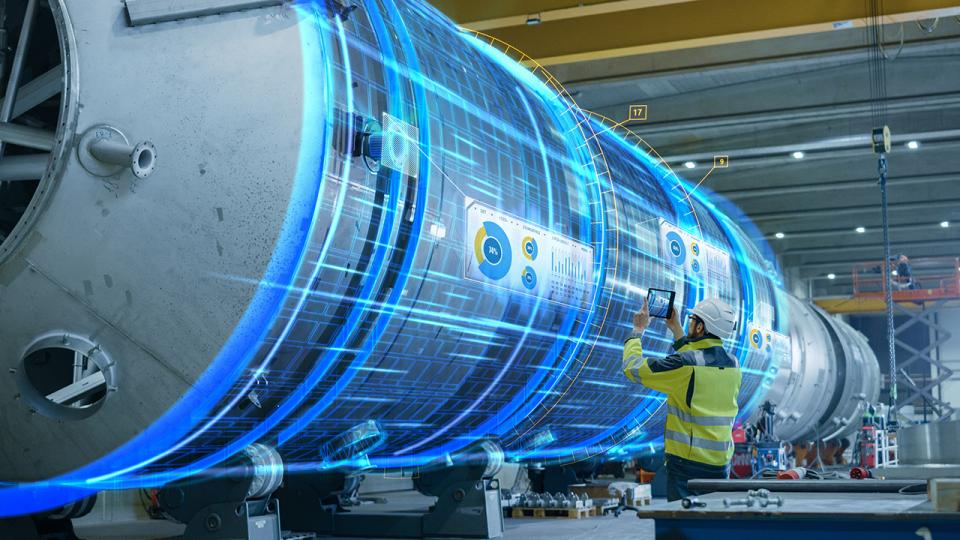
Challenges
4 min read
The fusion power plant design is facing several challenges that have to be overcome before it can start electricity production.
Tritium Breeding
One of the most crucial is tritium self-sufficiency. The power plant must produce all the tritium that it needs as fuel. Without that, its operation would be impossible. The task is to choose the right type of breeder and design an appropriate shape of a chamber that allows breeder operation, maintenance, and replacement. The solid breeders need to be periodically replaced by fresh ones during reactor shutdown. The used breeder will be then processed, and the tritium it contains released and used in the deuterium-tritium mixture. The breeder’s life-cycle is an unexplored process. The question is also used breeders’ storage as they are radioactive, but there could be successfully used proven technology for radioactive waste management in fission plants.
Divertor
Another challenge is divertor construction and materials used. With a fusion power output of 1,000 MW or even higher, the heat load that the divertor must remove will be enormous. The divertor technology has been used in tokamaks and stellarators for decades. There is a large experience in divertor designing, manufacturing, and installing, but with increasing machine size and heat load, new challenges arise. A lot of technical problems have to be solved in the divertor area.
Magnetic Coils
Magnetic coils are essential for magnetic confinement devices. They have to be bigger and stronger than coils for ITER and must withstand enormous electromagnetic forces during operation that will try to deform them. New materials have to be found for coils’ supporting structures, namely toroidal coils, that could withstand such material stress. The coils themselves will be made from superconductors. Nb3Sn has to be used as it remains superconducting in a strong magnetic field, but this material is brittle and hard to work with. Experience from winding such coils for ITER will be valuable. Another possibility is that high temperature superconductors like ReBCO will be used, but experience with them is still scarce.
Vacuum Vessel
New material will also be needed for vessel walls that will be subjected to very high neutron bombardment and thermal stress. Scientists are looking for material that does not activate a lot during a fusion power plant’s lifetime and will not change its properties because of radiation embrittlement.
Steady-state Regime
For successful power plant operation, the steady-state is necessary, but for the tokamak type of reactor, the question is still open whether it will be reached. Some of the DEMO projects work with the possibility that, at least in the early phases, the steady-state regime will not be achieved, and the reactor will be able to operate only in long pulses. Even if they last for hours, it will pose a problem for the turbogenerator that needs a constant steam supply. The European DEMO project envisions the use of molten salts thermal storage to accumulate heat from thermonuclear reactions. The thermal storage will then ensure a steady heat supply for the turbogenerator. Theoretical calculations for many DEMO projects show that their reactor will be able to reach a non-inductive steady-state regime and keep it as long as possible, but only experiments can prove this theory.





